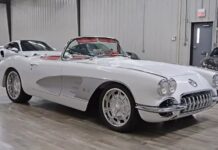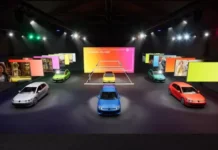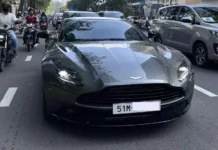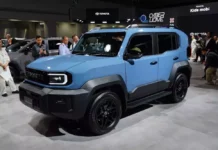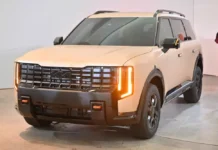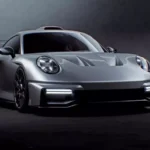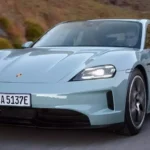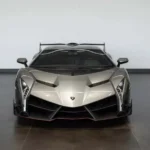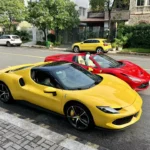Nearly three decades have passed since Ferrari unleashed its ‘F-digit’ supercar, and now, the all-new Ferrari F80, priced at $3.9 million, is the Italian marque’s most powerful commercial car yet. With 1,200 ps, a hybrid powertrain, and three six-cylinder engines, it promises performance that will make other supercars look like turtles.
Ferrari Unveils the F80: The LaFerrari Successor Is Perfect, Except for Its V6 Engine
In true Prancing Horse style, the F80 (fitting into the brand’s decade of five supercars: F40, F50, Enzo, and LaFerrari) is expected to be limited to just 799 units.
Let’s get straight to the heart of the matter: a 3-liter, 120-degree V6, turbocharged, with a maximum engine speed of 9,200 rpm, producing 888 hp and 850 Nm of torque, a compression ratio of 9.5:1, titanium conrods, and permanent four-wheel drive with front-axle torque distribution. Add another 296 hp from the fully electric motor, and you’ve got something that makes Revueltos, W1S, and any other supercar think twice.
With 296 hp/liter, the F80 has the highest power density of any internal combustion engine ever produced at Maranello. And the three electric motors (one at the rear and two at the front, à la SF90) not only provide instant torque and all the fun stuff from muscle-bound EVs but also trump the ICE with an additional third of six-cylinder power.
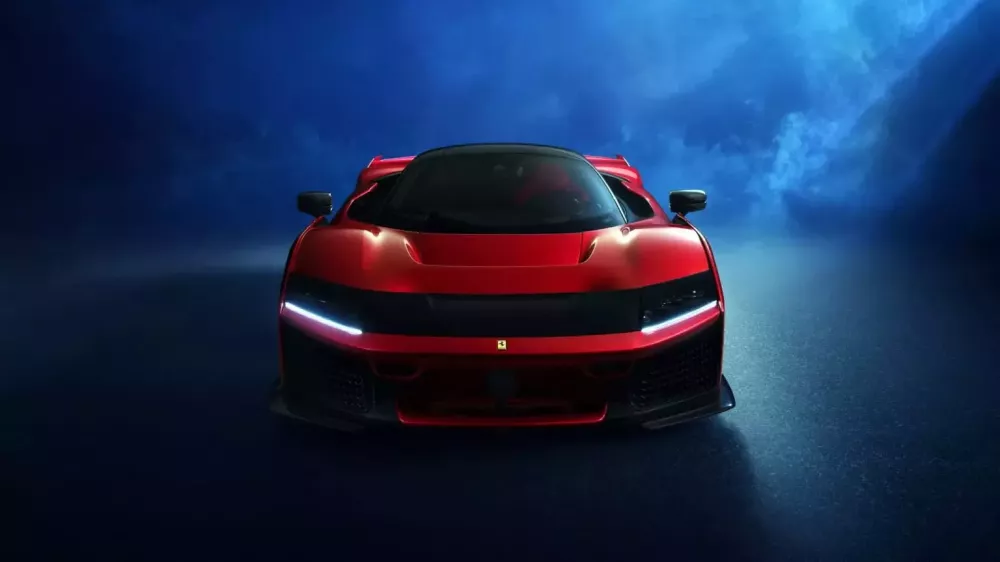
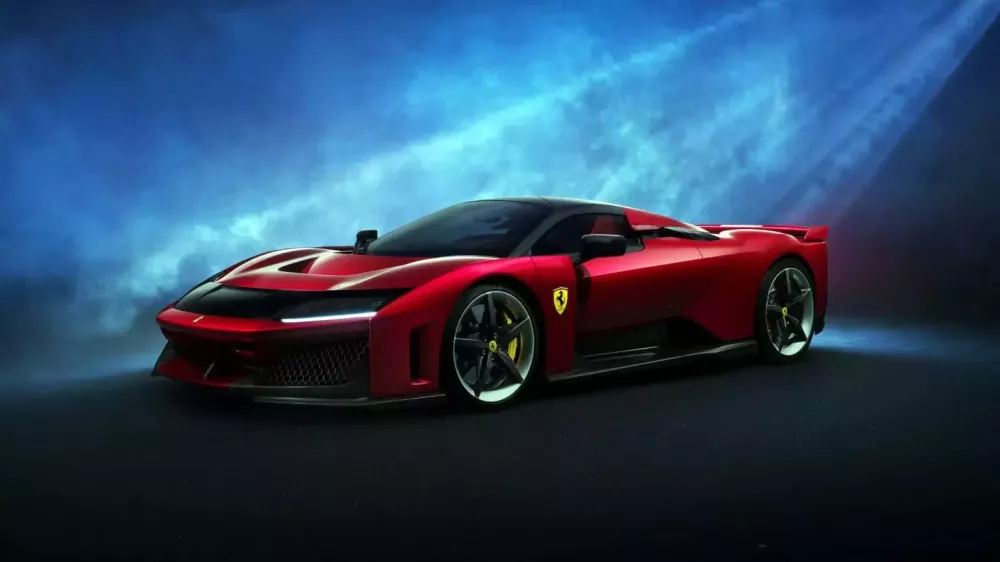
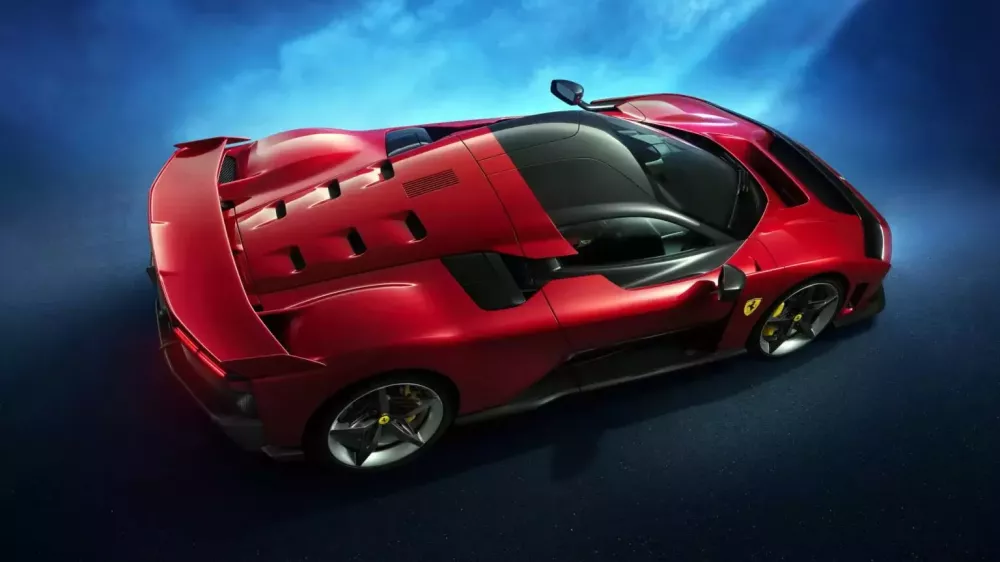
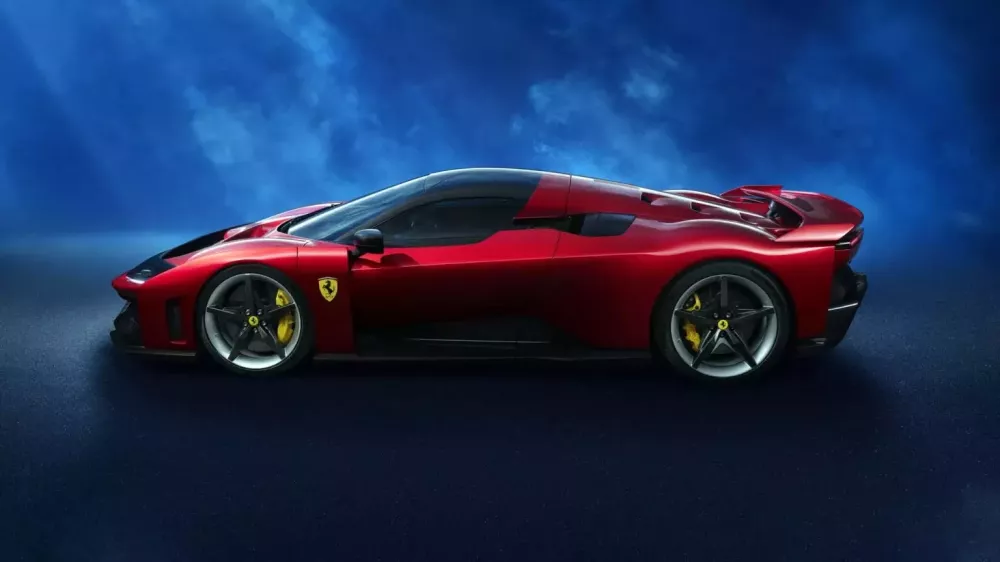
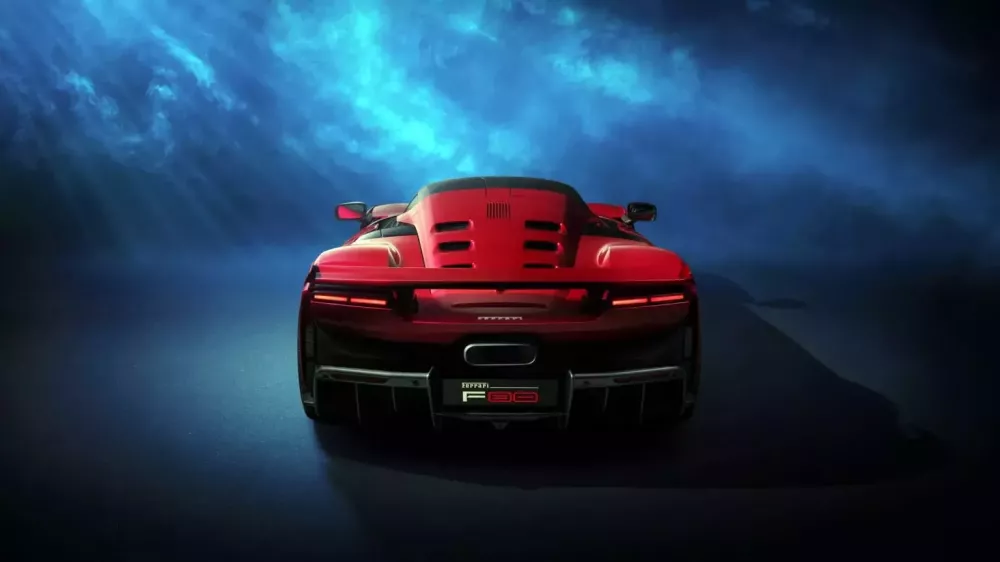
All that performance is transmitted to the ground through an eight-speed dual-clutch gearbox (inspired by Ferrari’s Formula 1 efforts), propelling the F80 well beyond the 322 km/h barrier. The manufacturer claims a top speed of 350 km/h and a 0-100 km/h sprint in 2.15 seconds, significantly quicker than the Bugatti Chiron and other megacars. But that’s not all; the F80 can go from a standstill to 200 km/h in less than six seconds (5.75 seconds, to be precise).
The Ferrari F80 stands just 1,138 mm tall and is 2,060 mm wide, with an overall length of 4,840 mm and a wheelbase of 2,665 mm. According to Ferrari, the dry weight is 1,525 kg, and the 860-volt hybrid system is responsible for 60 kg of downforce. The F80 has a weight distribution heavily biased towards the rear: 42.2% at the front and 57.8% at the back.
A 63.5-liter fuel tank will be enough for a few laps around the track, but the luggage compartment holds only 35 liters, meaning all 799 lucky owners will have just enough space to throw in their wallets as they head to the aforementioned track. The F80 generates a ton of downforce at 250 km/h, with 460 kg at the front.
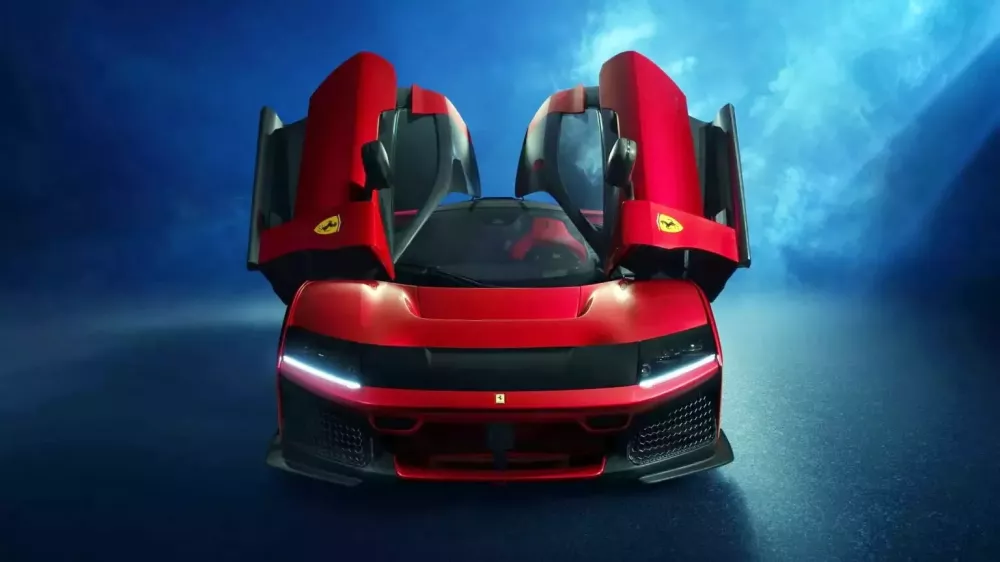
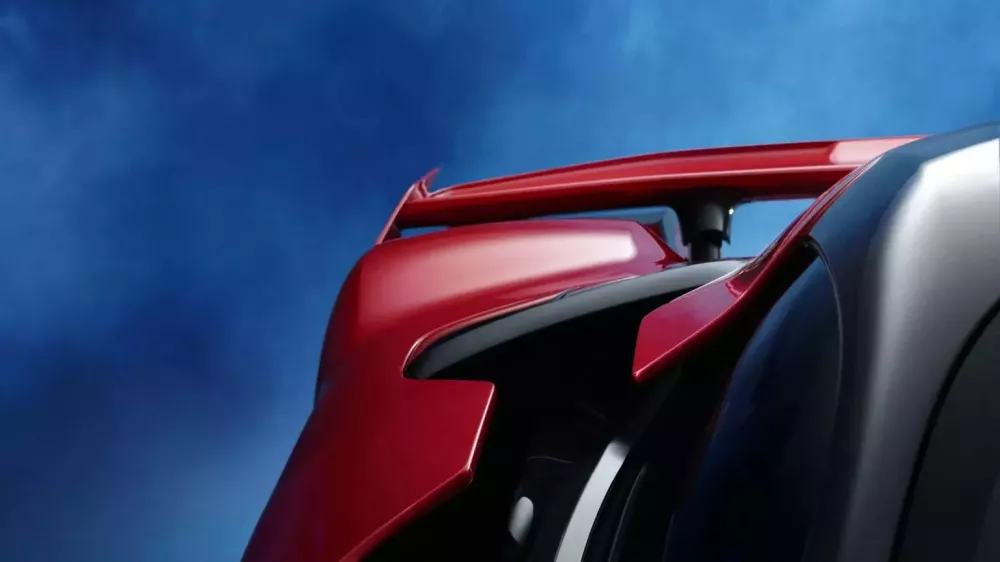
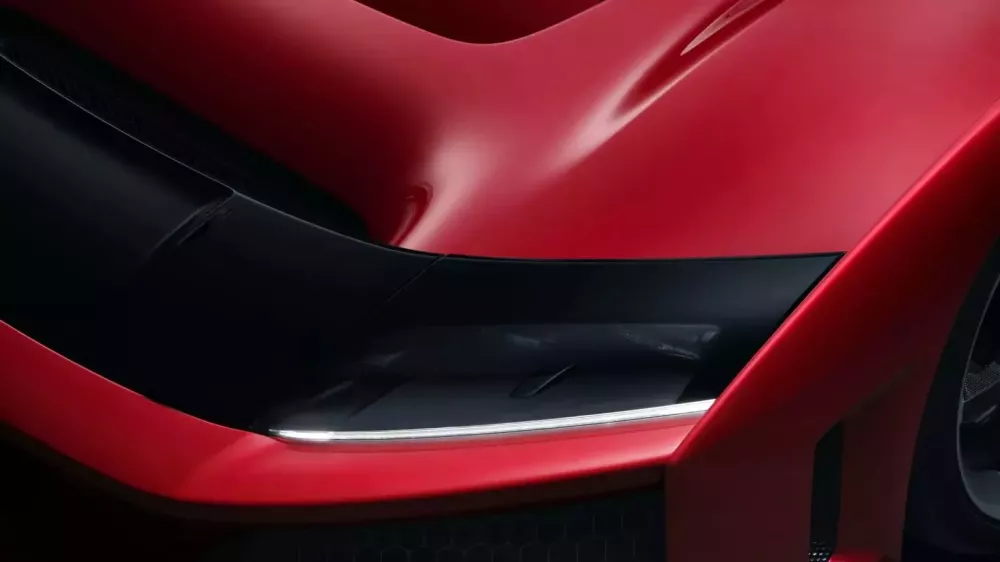
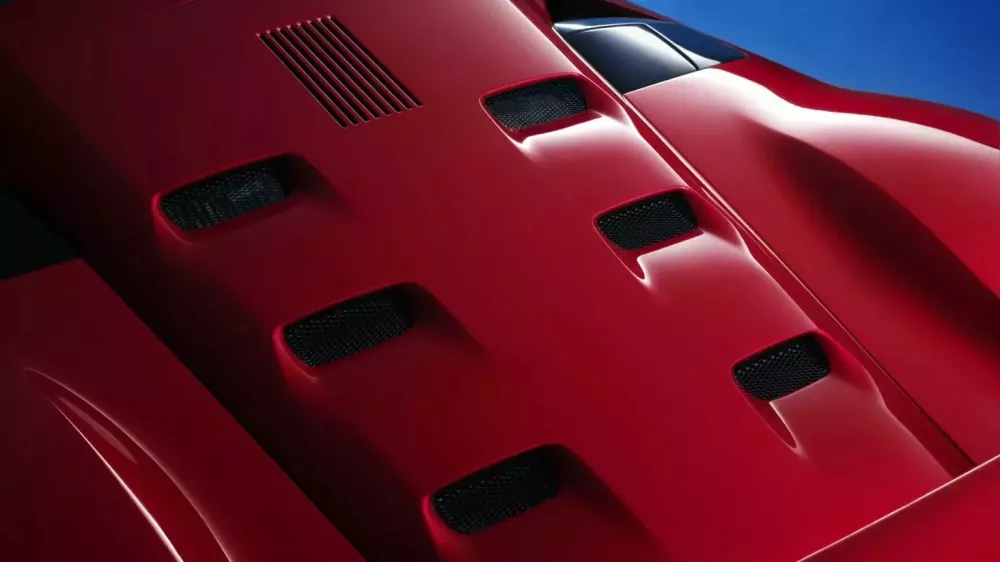
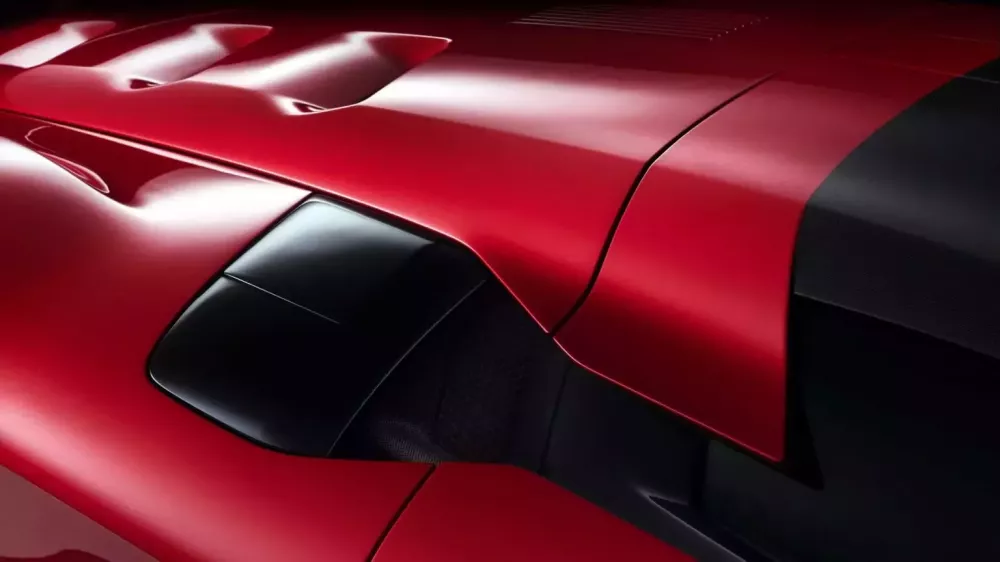
The active wing is the F80’s most impressive aerodynamic feature. It continuously adjusts its position to optimize downforce and works in conjunction with the active suspension to keep the car on track at all speeds.
The F80 comes with Ferrari’s Integrated Vehicle Control, a computer-generated model that uses sensor data to predict its behavior in the real world and make necessary adjustments to all components. The new Ferrari offers three driving modes: Hybrid, Performance, and Qualify, with no option for fully electric driving. The carbon brakes are twice as powerful and three times more heat-resistant as those of its predecessor.
Michelin has developed special tires for the F80: 285/30 R20 at the front and 345/30 R21 at the rear. The tub is made of carbon fiber and other composite materials, with front and rear aluminum attached with titanium bolts. The cabin is driver-focused (the driver’s seat is fully adjustable, while the passenger has a fixed position at all times).

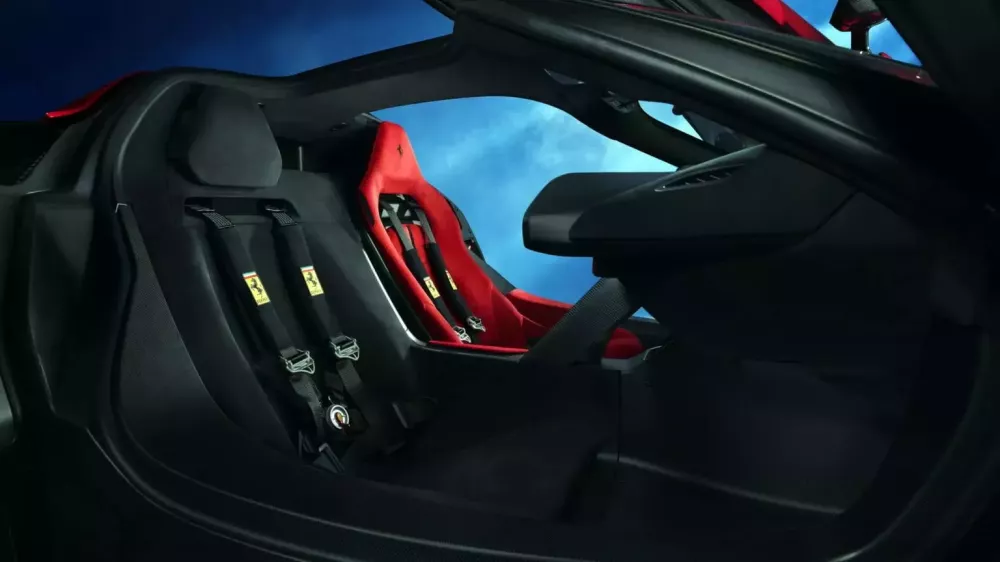

The F80’s design nods to the legendary F40 from four decades ago while also strongly hinting at the aerospace-like technology within. The headlights are hidden behind a sunshade, essentially giving a ‘headlight-less’ appearance. The mid-rear engine cover features six slats, one for each cylinder of the powerful three-liter V6.
Although it’s a two-seater throughout, Ferrari defines the F80 as a “1+” layout, with the entire cockpit focused on the driver. The dashboard is also angled towards the person behind the wheel. The passenger takes second place, with their seat almost invisible due to the high contrast between the red upholstery of the driver’s seat and the black covering on the passenger side.

The F80 brings back physical buttons on the steering wheel, harking back to Ferrari’s of old. This wheel will also be used on future Ferrari models, signaling that the fully digital experience used in recent years is not the ideal solution for high-performance driving.
Only 799 Ferrari F80 supercars will be produced, and the price tag attached is $3.9 million. By the time you finish reading this and ask your parents for enough money to buy one, they’re all spoken for. You’d have to offer double or triple the price to buy one from a dealer, and sadly, despite the F80’s brilliance, the V6 engine has left some enthusiasts disappointed, longing for the roar of a V12.
The All-New Luxurious Porsche Taycan 2025: Unveiling the Ultimate Electric Experience in Vietnam
The Porsche Taycan 2025 is an eagerly anticipated vehicle, and its upcoming release has enthusiasts excited. While the official retail price in Vietnam remains undisclosed, we can expect a competitive and tempting offer from Porsche. With its sleek design and impressive performance, the Taycan has always been a head-turner, and the 2025 model promises to continue this legacy. Stay tuned for more updates on this exciting vehicle!
The Ultimate Supercar: Lamborghini Veneno Coupe 2014. A Rarity Amidst Economic Gloom.
The Lamborghini Veneno Coupe is a supercar like no other. With a staggering starting price of $4 million, it’s a vehicle that demands attention. Even with a $300,000 discount, it’s still an incredible sum for a car, but for those with a passion for speed and luxury, it’s an opportunity that’s simply too good to ignore.
The Ultimate Supercar: Ferrari 296 GTB Finds a New Home in Vietnam After a Year-Long Search
The owner of the Ferrari 296 GTB is a reclusive entrepreneur with a penchant for fine automobiles. His collection, an automotive enthusiast’s dream, boasts an array of prestigious marques, including Lamborghini, Mercedes, Porsche, and Rolls-Royce. However, there was a notable absence of the prancing horse – Ferrari. Now, with the addition of the 296 GTB, he completes his automotive quartet, adding Italian flair and performance to his stable.





